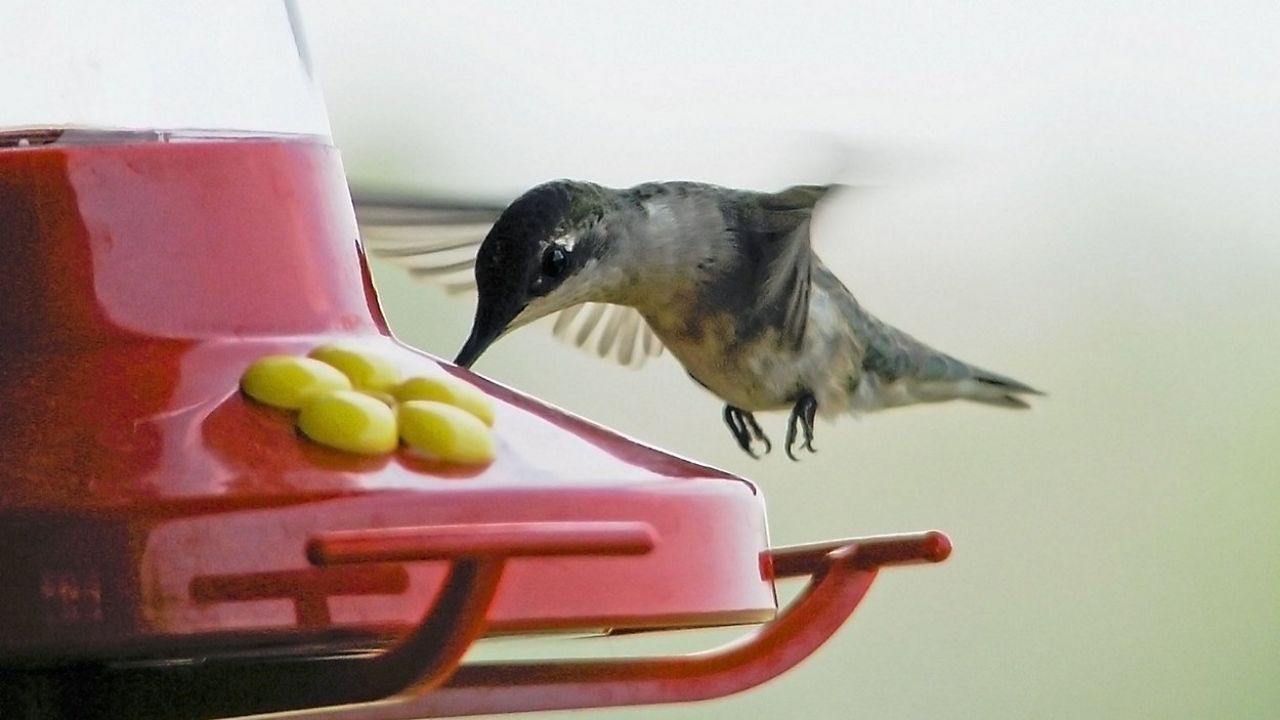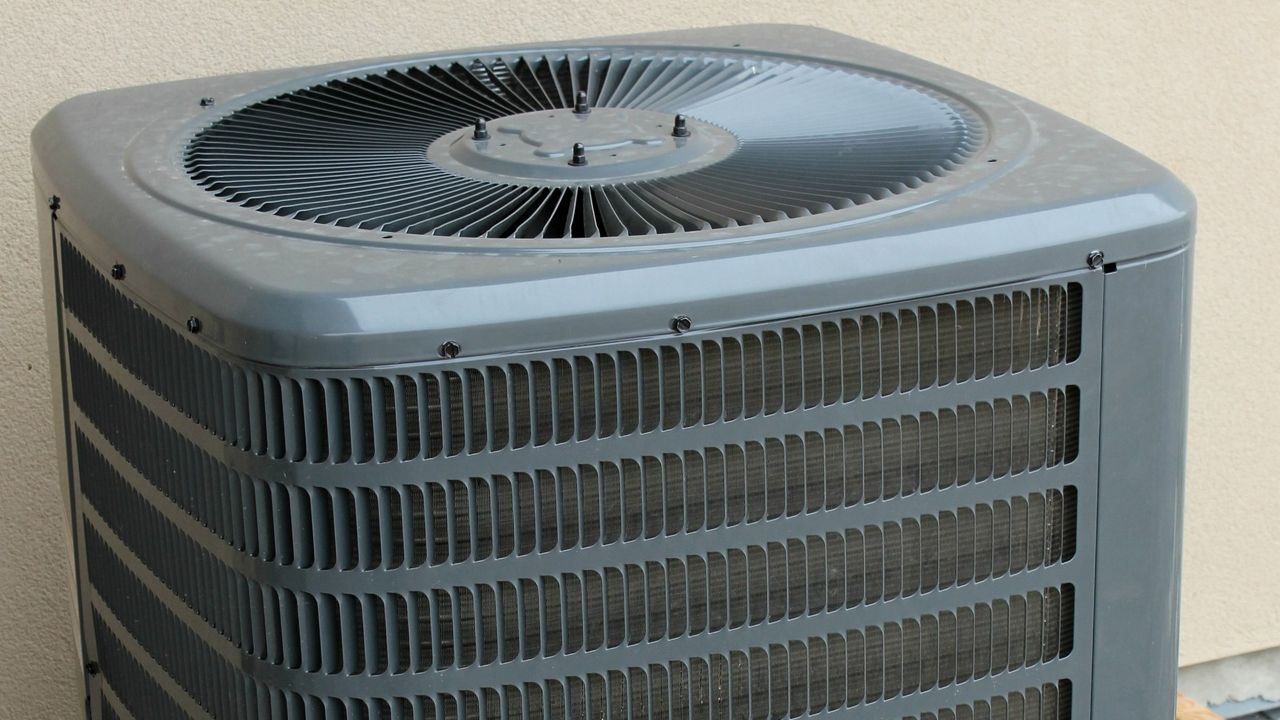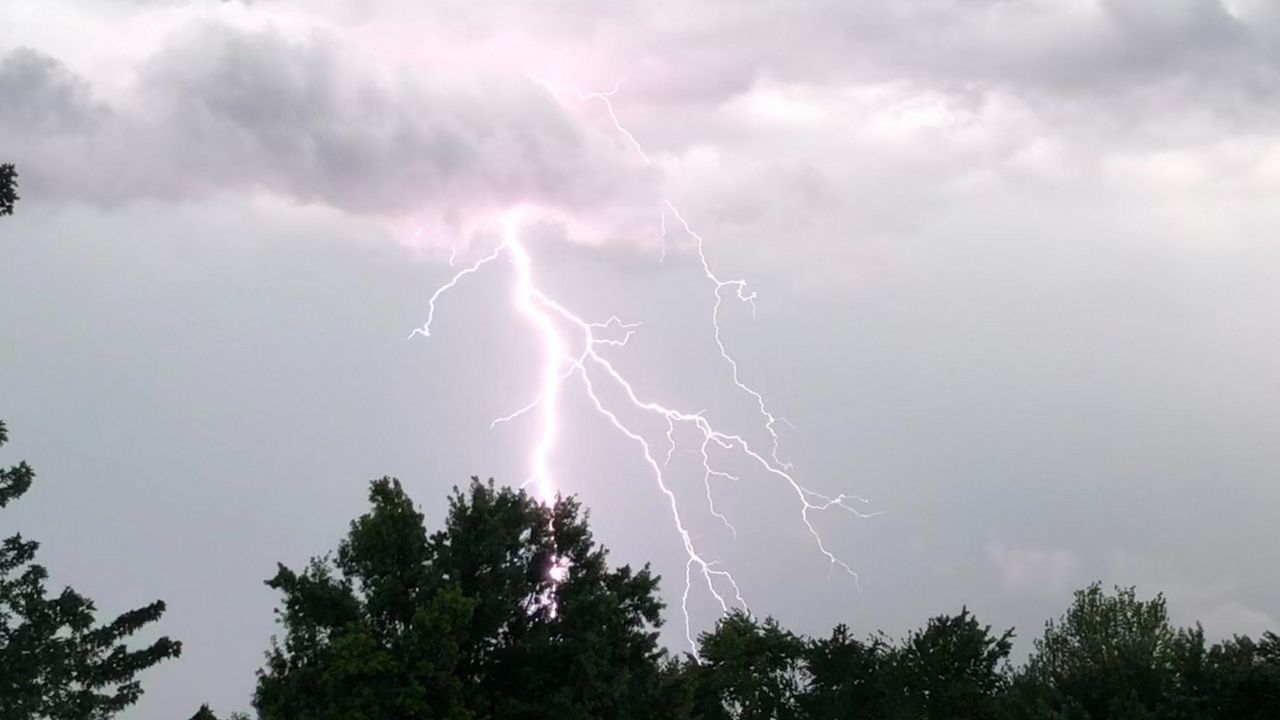The fall migration of our flying aerialists, hummingbirds, is on. You may notice that your local hummers have been fattening up with heavy feeding at the hummingbird feeder.
Hummingbirds from Canada are already working south, and soon, our local friends will head south as well. As cold air kills the insect population up north, a hummingbird's main source of food, our fast-winged friends will move south in search of plentiful food sources.
Some areas will see hummingbirds at feeders through late October and even early November. People worry that their feeders may cause hummingbirds to hang around longer than needed. Researchers will attest that this just isn't the case. The hummingbird knows when it's time to leave, and they will do so.
What you may see late in the season are migrating hummingbirds feeding on their way through to Mexico and Central America.
It's best to keep those feeders full until the first freeze of the nectar in your feeder. This can help fuel those late-season travelers for their long trip.
Some coastal communities may see a few hummingbirds linger through the winter. If that's the case where you live, keep your feeder filled with fresh nectar.









